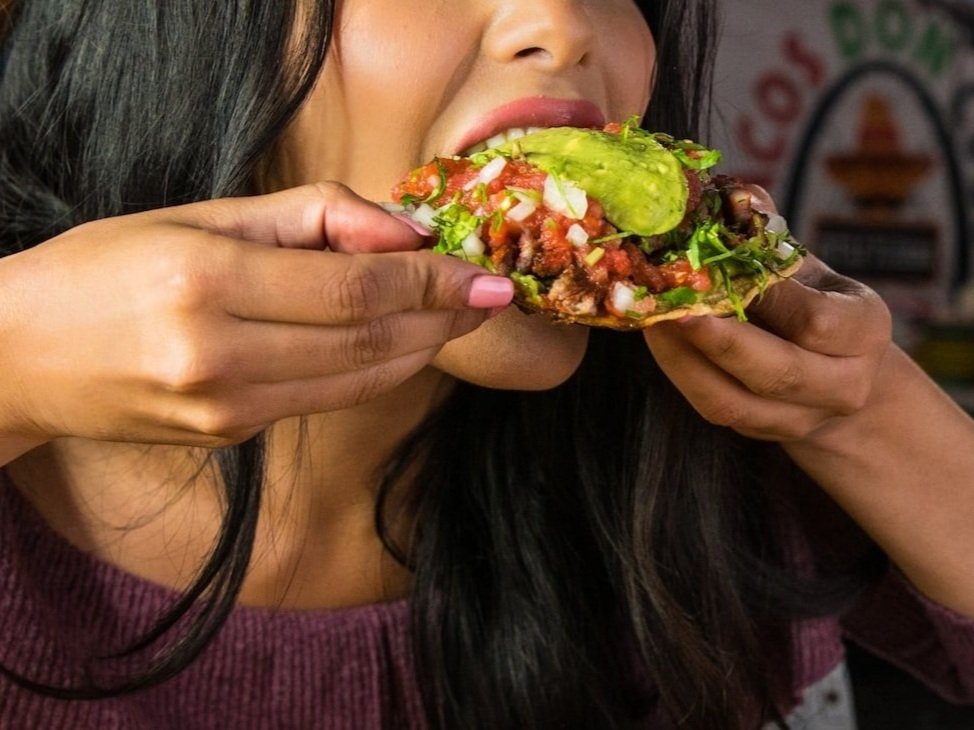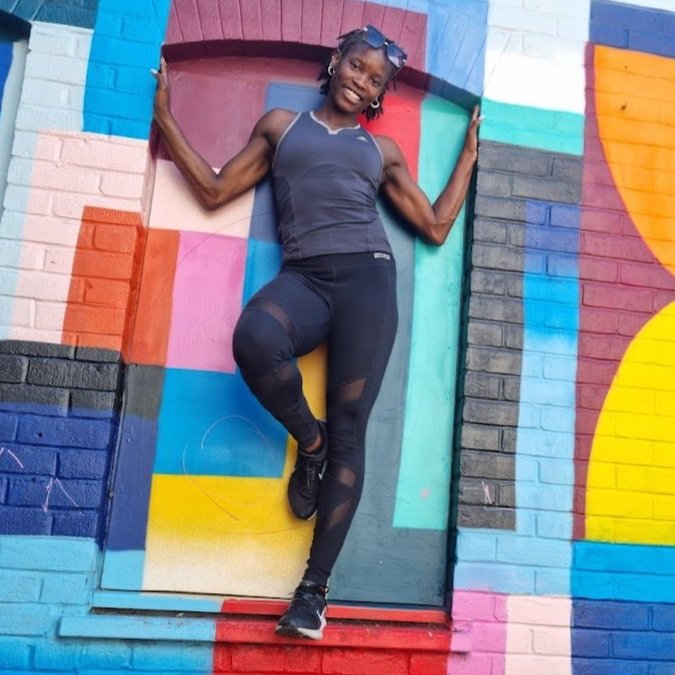Six tips to help you avoid overeating
When it comes to weight loss and implementing a healthier diet, two things are important:
Consuming the right balance of nutrients — i.e., ensuring you're eating from all the food groups in their appropriate amounts).
Consuming the right balance of energy (calories) — i.e., ensuring the amount of energy you’re getting from food is equal to the calories you’re using (if you’re looking to maintain your weight) or less than the calories you’re expending (if you’re looking to lose weight).
In this blog post, I’m going to give you some tips to help you with the second point. It can be quite easy to eat more than you need to, but the simple tips below will help you to be more aware of your portion sizes and are things anyone can implement without the need for any special equipment or apps.
1 — Pause…
You’ve just finished your plate of food and the food was scrumdiddlyumptious! So much so that you’re considering going up for seconds. This is not necessarily a bad thing; however, before you go and fill your plate again… PAUSE. Wait 20 minutes and give your body a chance to actually register the fact that it’s full. If after 20 minutes you still feel hungry and still desire seconds, then ok. However, if after 20 minutes you realise that you are actually full, then that little pause will have allowed you to avoid overeating.
2 — Fill your plate with veg first
Have you ever been to an all-you-can-eat buffet and wondered how some people are able to go up for so many plates of food whilst you’re full after your first plate? Well, one of the tricks is to start with veg (it’s a trick I’ve been telling my friends about for years lol). So, whilst you may be getting more plates, vegetables are actually less energy dense, so you can eat more without actually consuming as many calories. You can implement this same tip when it comes to helping you control your portion sizes at home too. Starchy carbs and meats tend to be more energy dense, so if you fill your plate with vegetables first you’ll leave less room for the more calorific foods, and you’ll be more likely to eat the right proportion of say rice and chicken, which are where we often tend to overeat in the first place (I mean how often do people really overeat on vegetables?)
3— Don’t get too hungry
It’s hard to control how much you eat when you’re hangry or “Starving Marvin” lol. Where possible, try not to let yourself get too hungry before you eat your meals so that you’re a little more alert and feel a little more in control of what and how much you’re consuming.
4 — Whole & unprocessed are best
Foods with added salt, sugar, and fat can be addictive (and to be honest, many are designed to be that way). When food is moreish like that it can be hard to stop eating it, and therefore it becomes easier to overeat. As much as possible, try to eat whole and unprocessed foods.
5 — Eat slowly (and consciously)
How often do you eat whilst scrolling on your phone or watching TV? While these are ways many of us like to wind-down and relax, it’s actually harder to acknowledge that you’re full when you’re distracted by other things. As much as possible, think about sitting at the table with no TV, no phone, and no distractions. Why not just talk to the family, or even just enjoy your own thoughts for the 10-15minutes that you’re eating? If you’re at work, try to find somewhere other than your desk to eat so that you can concentrate on how you’re eating, and switch your mind off work for just a few minutes during your lunch.
6 — Stop eating when full
This sounds simple enough, right? But how many of us really do this? If you grew up in a family like mine, then leaving food on your plate was almost an abomination. But not finishing your food doesn’t mean you have to waste your food. No, if you’re full, rather than force yourself to eat, you can simply pack the leftovers into a container and have it for lunch the next day — sorted!
So, there you go, six simple tips to help you control your portion sizes and avoid overeating.
Which tip are you going to implement? Let me know in the comments below.
About The Author: Torema Thompson is a 100m sprinter, qualified personal trainer, and UKA speed athletics coach. She is passionate about helping athletes and fitness enthusiasts go from newbies to masters in their athletics and/or fitness.
Connect with Torema on YouTube and Instagram, or subscribe to her email list.



